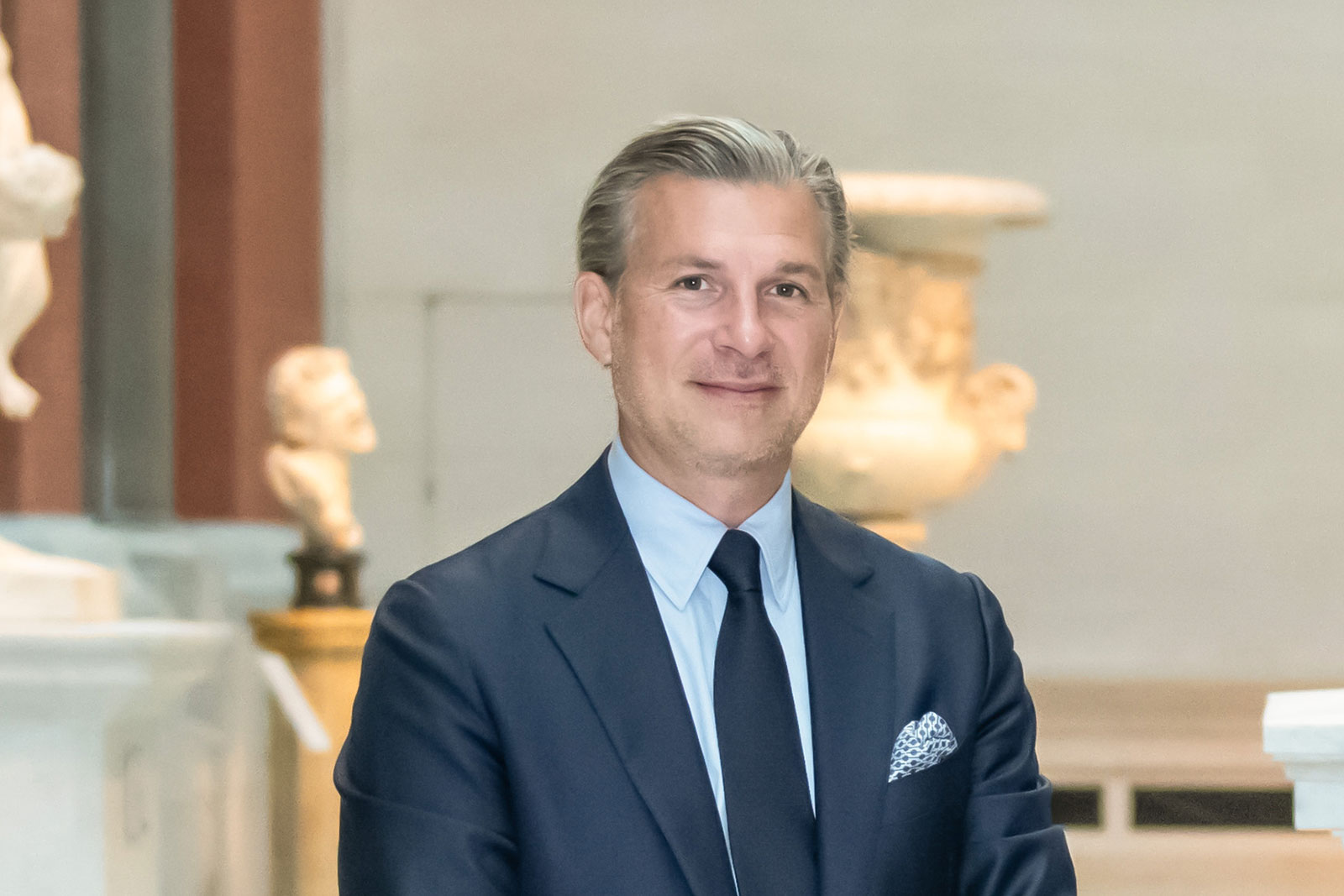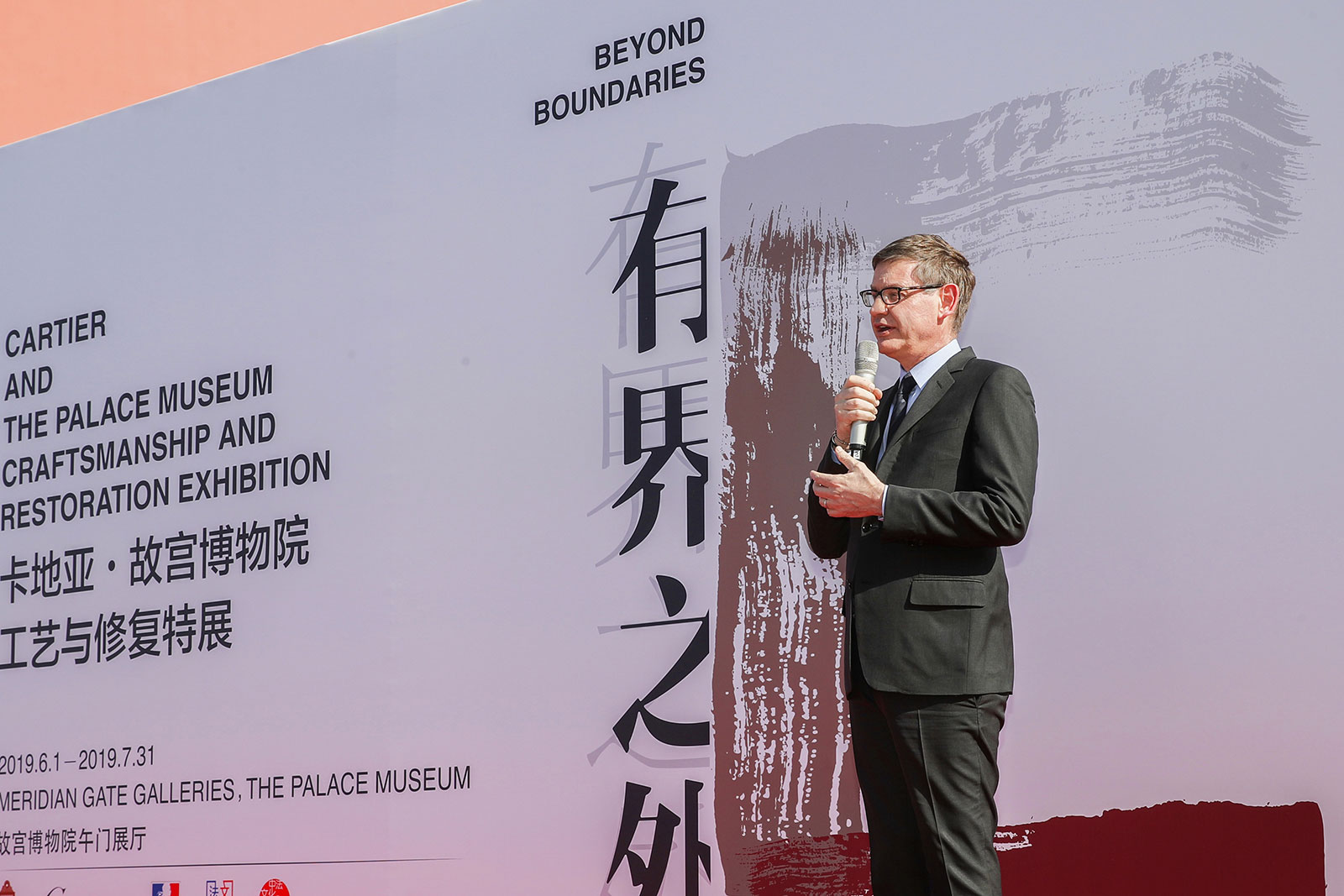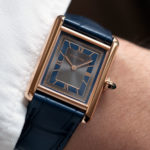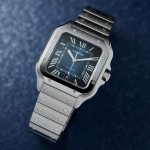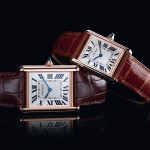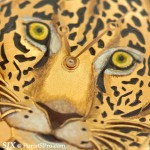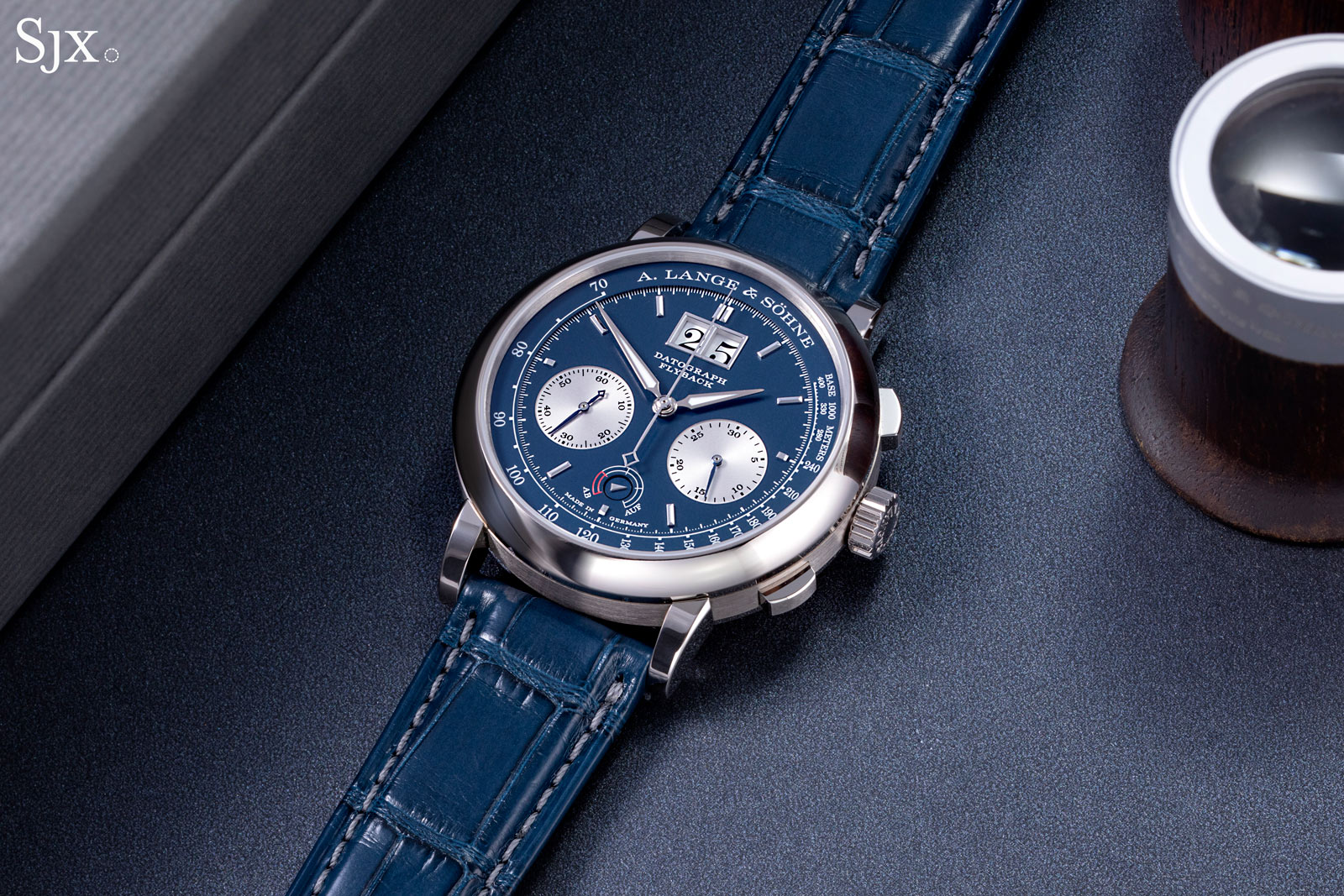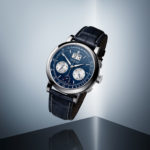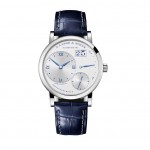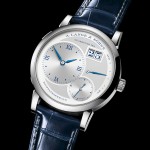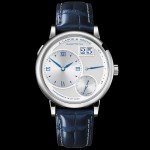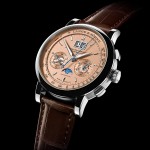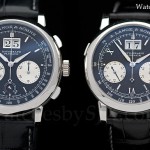A. Lange & Söhne marks the 25th year of its landmark chronograph this year, with two commemorative editions so far – a tremendously expensive all-in-one edition and the relatively more accessible Datograph Up/Down 25th Anniversary.
The first Datograph with a white gold case and also the first regular production model with a blue dial, the anniversary edition the result of a relatively modest cosmetic makeover – but unexpectedly compelling.
Initial thoughts
The Datograph in an imperfect watch – amongst other things it’s top heavy with a somewhat dated dial design – but it has an intrinsic appeal because its movement is outstanding. Even though it’s already 25 years old, the movement remains exceptional in terms of aesthetics.
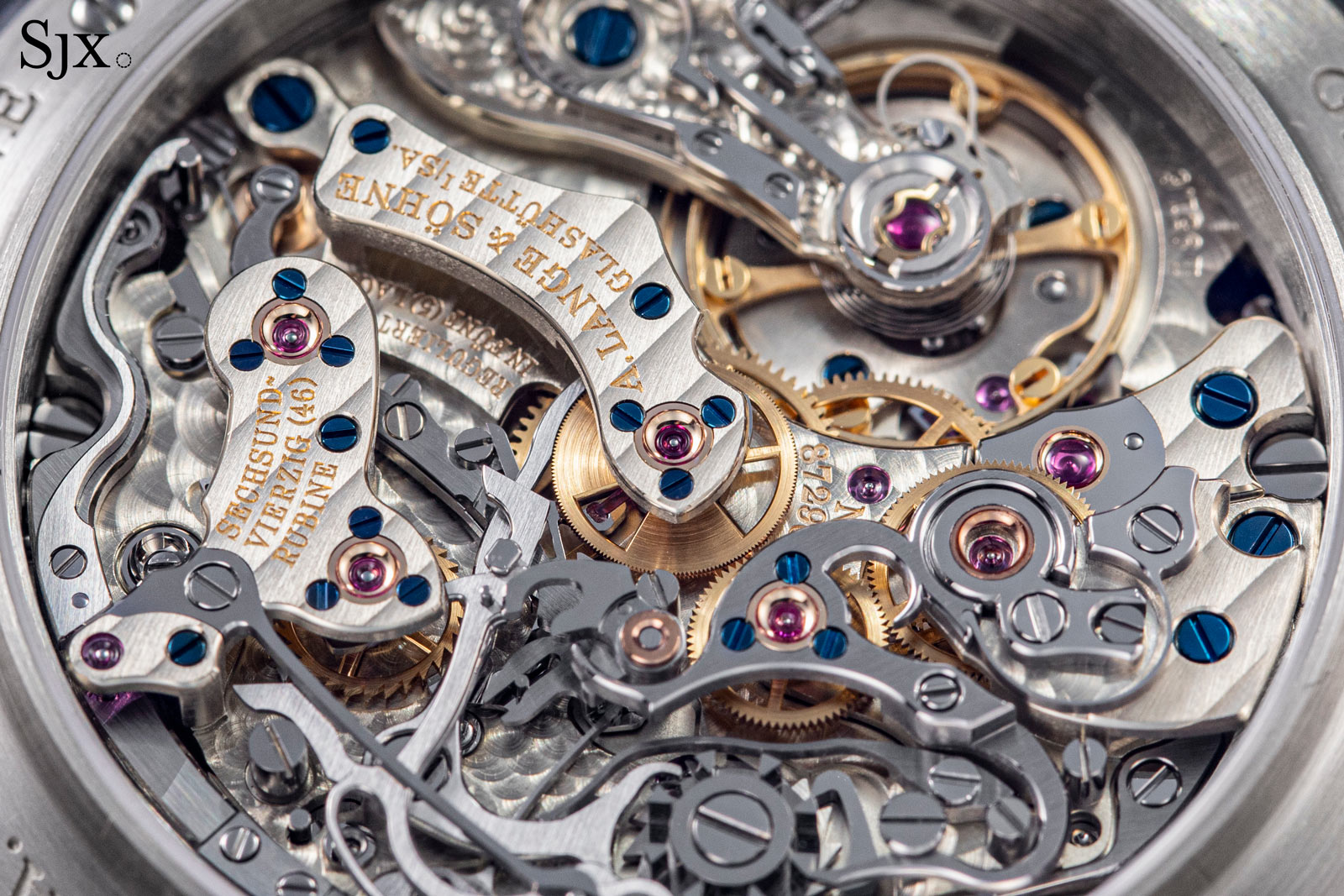
The fact that it’s 25 years old also makes the Datograph important, because Lange created such a movement long before such things became a thing. So the 25th anniversary of the Datograph is an occasion worth marking.
Lange debuted two watches for the anniversary (with perhaps a third one to come): the complicated and expensive Datograph Perpetual Tourbillon Honeygold Lumen, and the more accessible Datograph 25th Anniversary.
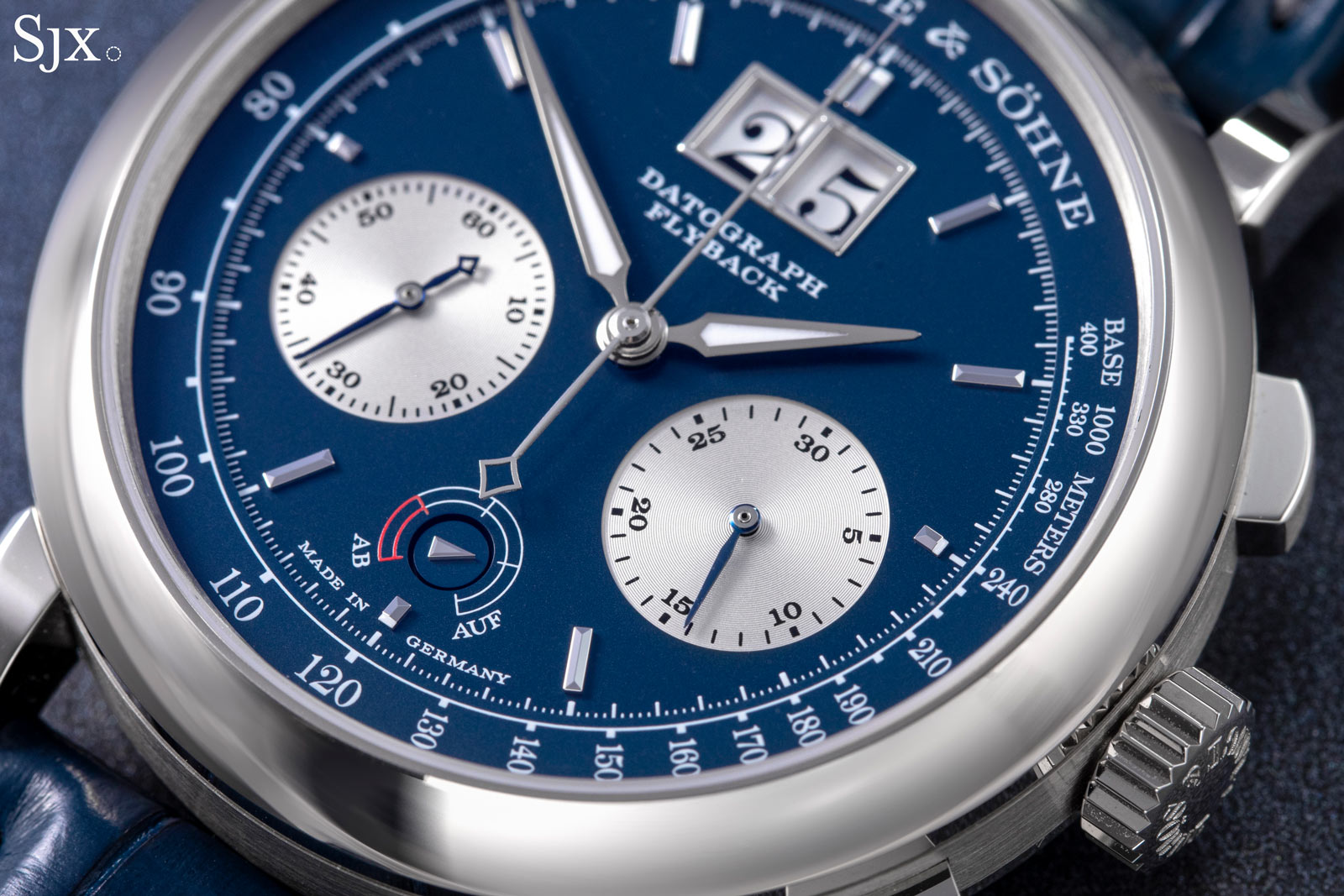
On its face the Datograph Up/Down seems a bit mundane for an anniversary watch. Both the blue dial and white gold case are unique for the Datograph, but together the watch doesn’t look or feel that different.
But like the Datograph as a model, the anniversary edition is imperfect yet appealing. Though it is plain, the blue dial looks good and evokes earlier generation Lange models that were often offered in blue. And the white gold case brings to mind its platinum counterpart, arguably the quintessential material for the model, without being exactly the same.
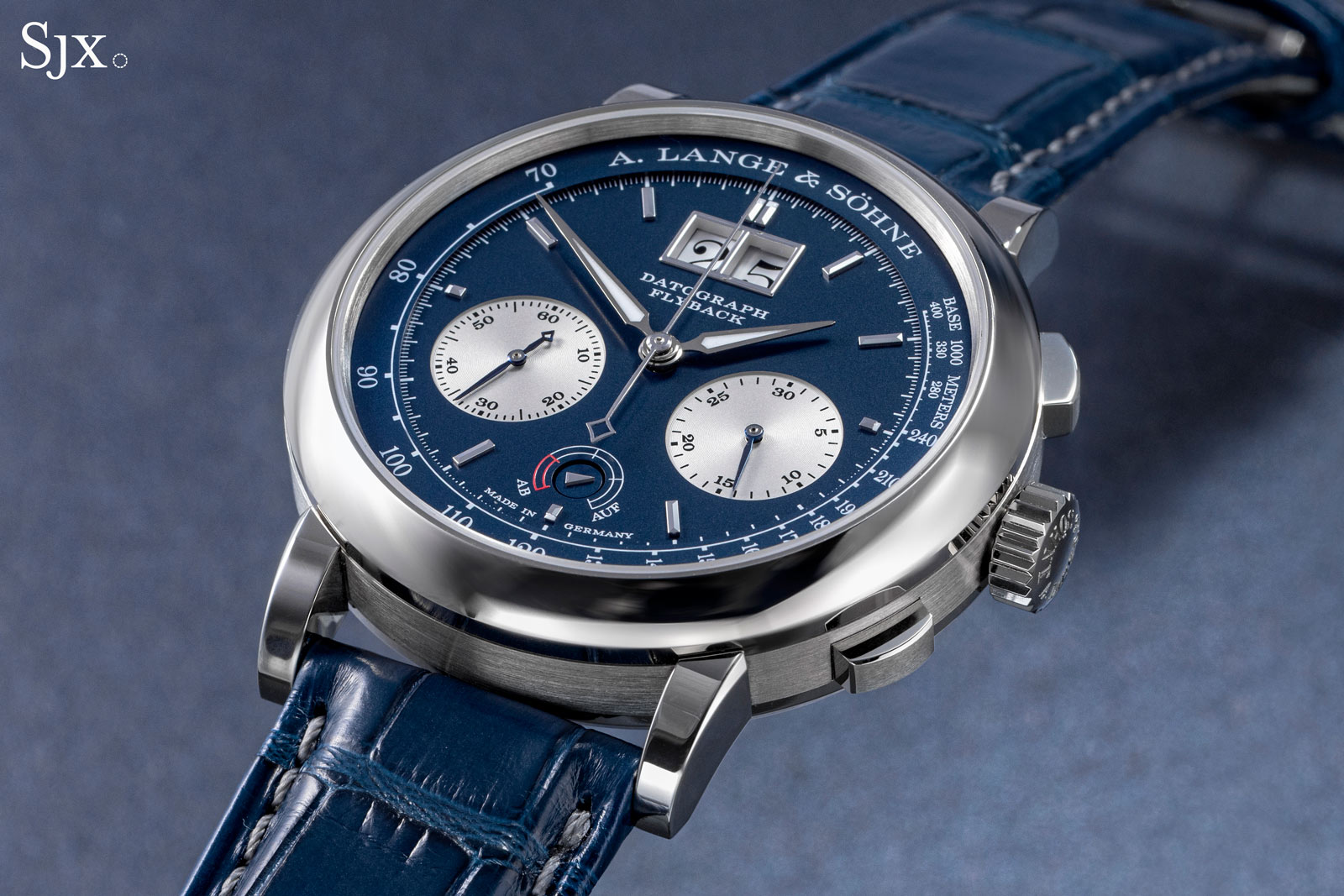
Still, I do wish Lange had done something more substantive to differentiate this from the standard model, like doing away with the power reserve for instance. That said, Lange now rarely develops new calibres for single-run limited editions, so that’s not a realistic wish.
The anniversary edition a dial and case metal variation of the standard model, so appropriately the price isn’t too far from the regular production version in rose gold.
The US$131,000 price tag is fair. Despite the big number, the intrinsic qualities of the watch justify it, as does the relatively small run of just 125 watches. Moreover, it is only the third Datograph limited edition ever, across all generations.
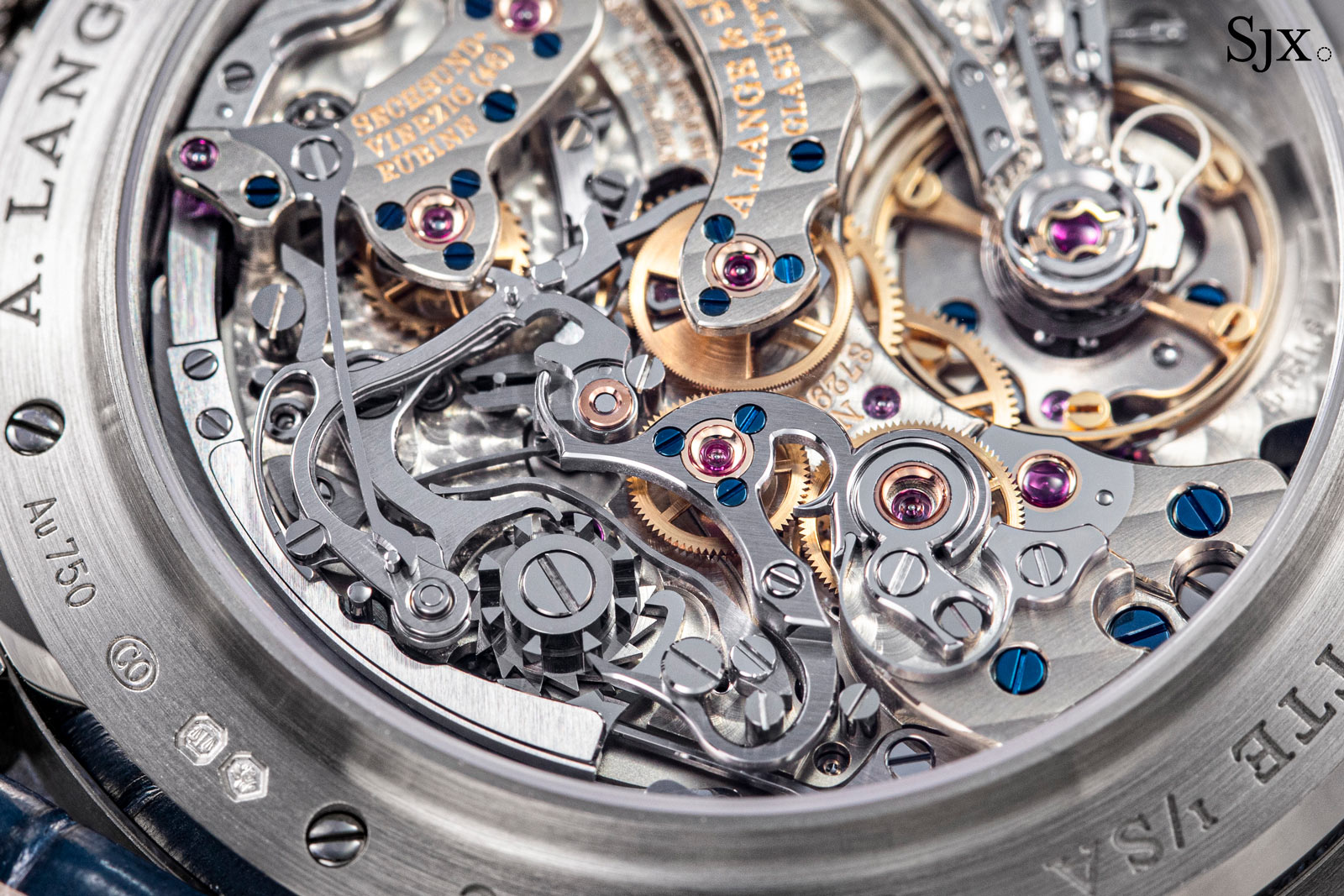
Some of the exogeneous factors, however, are discouraging. One is the fact that Lange has hiked its prices as generously as the best (or worst) of them in recent years. The regular production Datograph in gold went to US$72,500 in 2015 to US$104,600 in 2023.
Another is the brand’s much discussed method of selling desirable models where the client needs to buy something else (or somethings else) to be bestowed a “hot” model. I don’t like it, I don’t know if it’s sustainable, but I understand the commercial logic behind the policy; it is what it is.
These exogenous factors aside, the Datograph anniversary is deeply appealing. If I did not own a Datograph, this would be high on my wish-list.
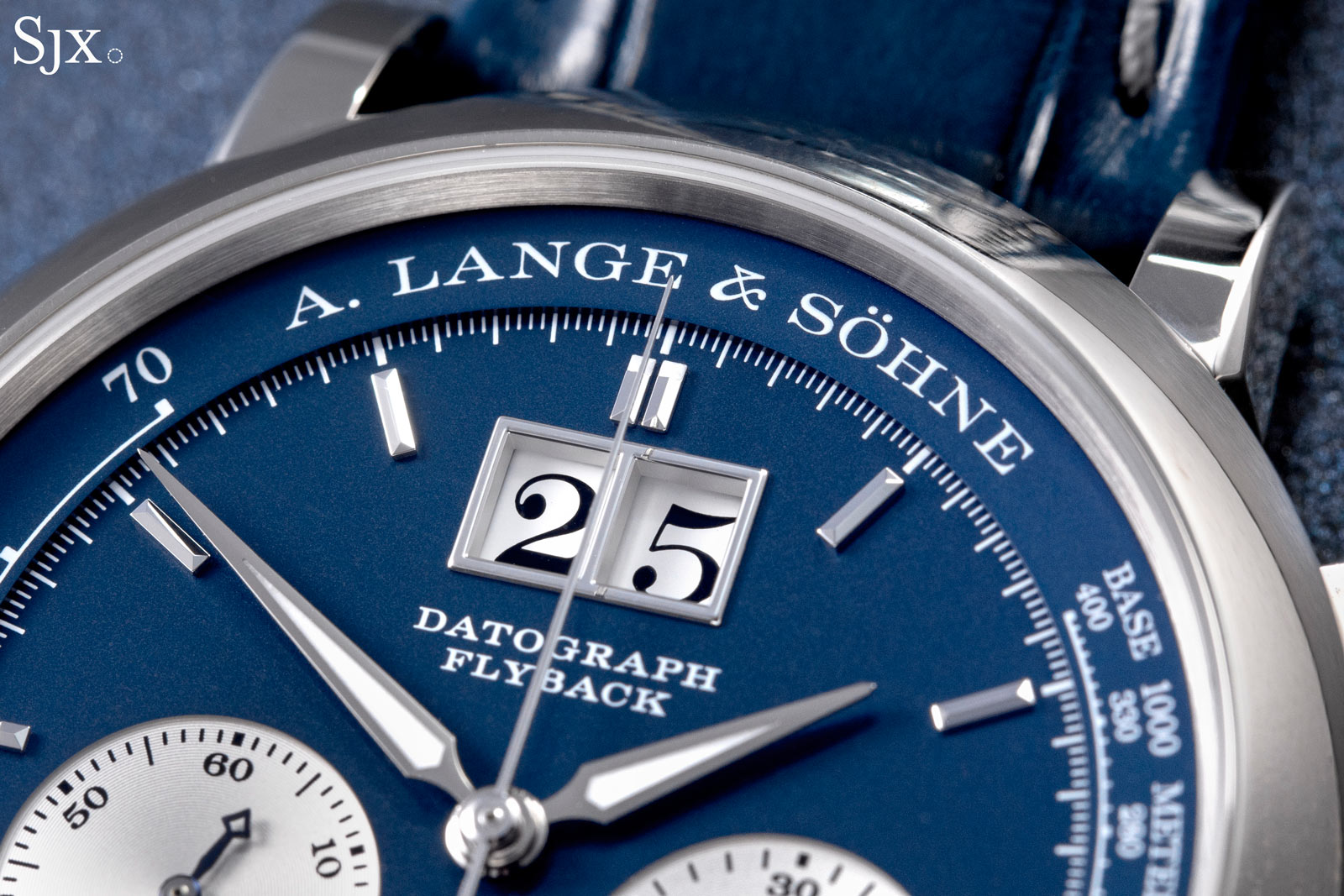
Feeling blue
Granted, a blue dial isn’t that big of a deal. But in this case the new colour is more significant than it seems for two reasons. One is the fact that the Datograph has rarely been iterated into limited editions; only two came before the anniversary edition, the Pisa and Lumen.
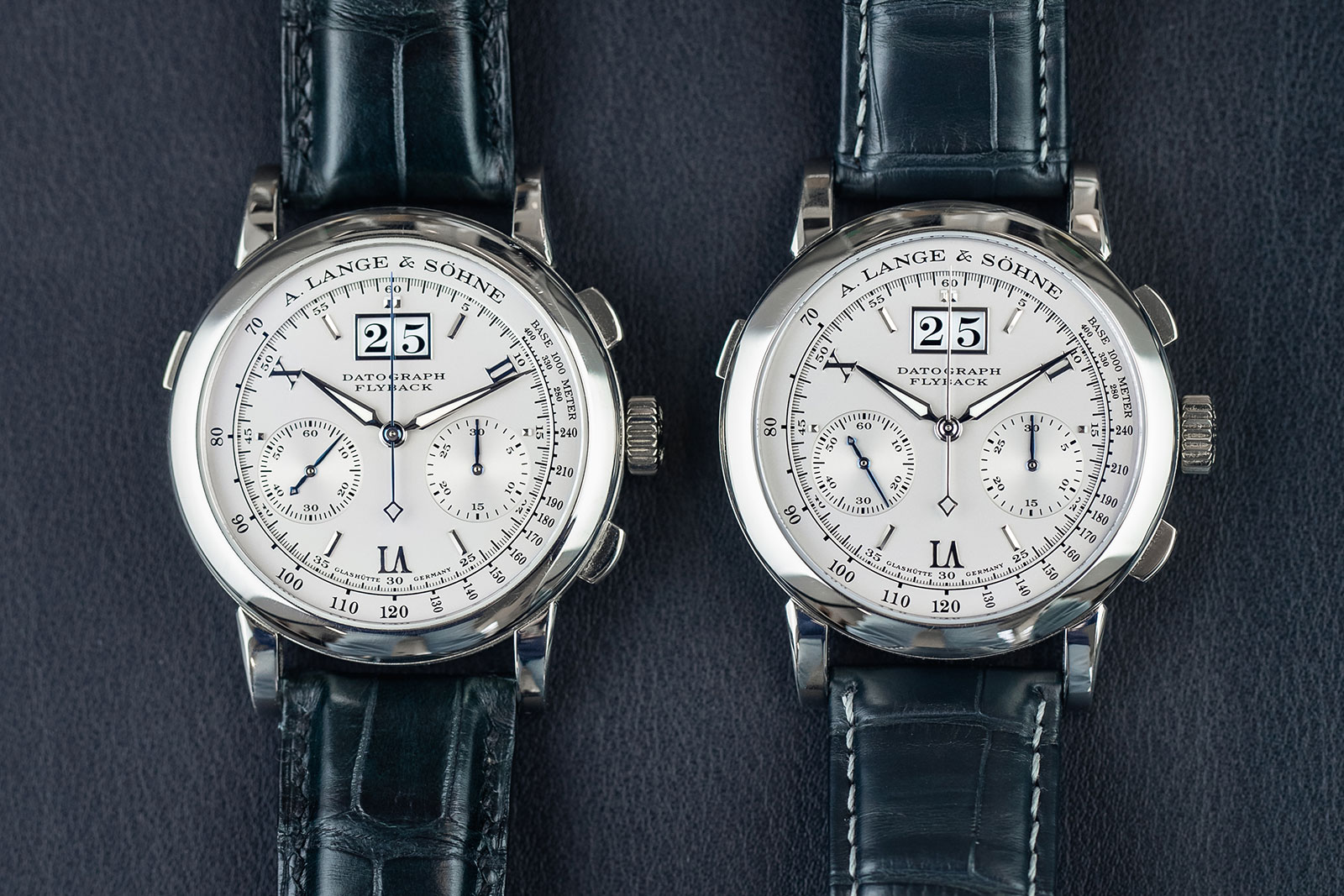
The only limited edition variant of the first generation was the Pisa of 2004. Image – Phillips
The other is the fact that Lange has only ever offered two dial colours for the Datograph. While new dials are an industry favourite as an easy way to rejuvenate consumer interest, Lange has only ever offered the Datograph with a black or silver dial (or clear sapphire in the case of the Lumen). In fact, the Datograph Up/Down is only available with a black dial – a refreshingly singular choice.
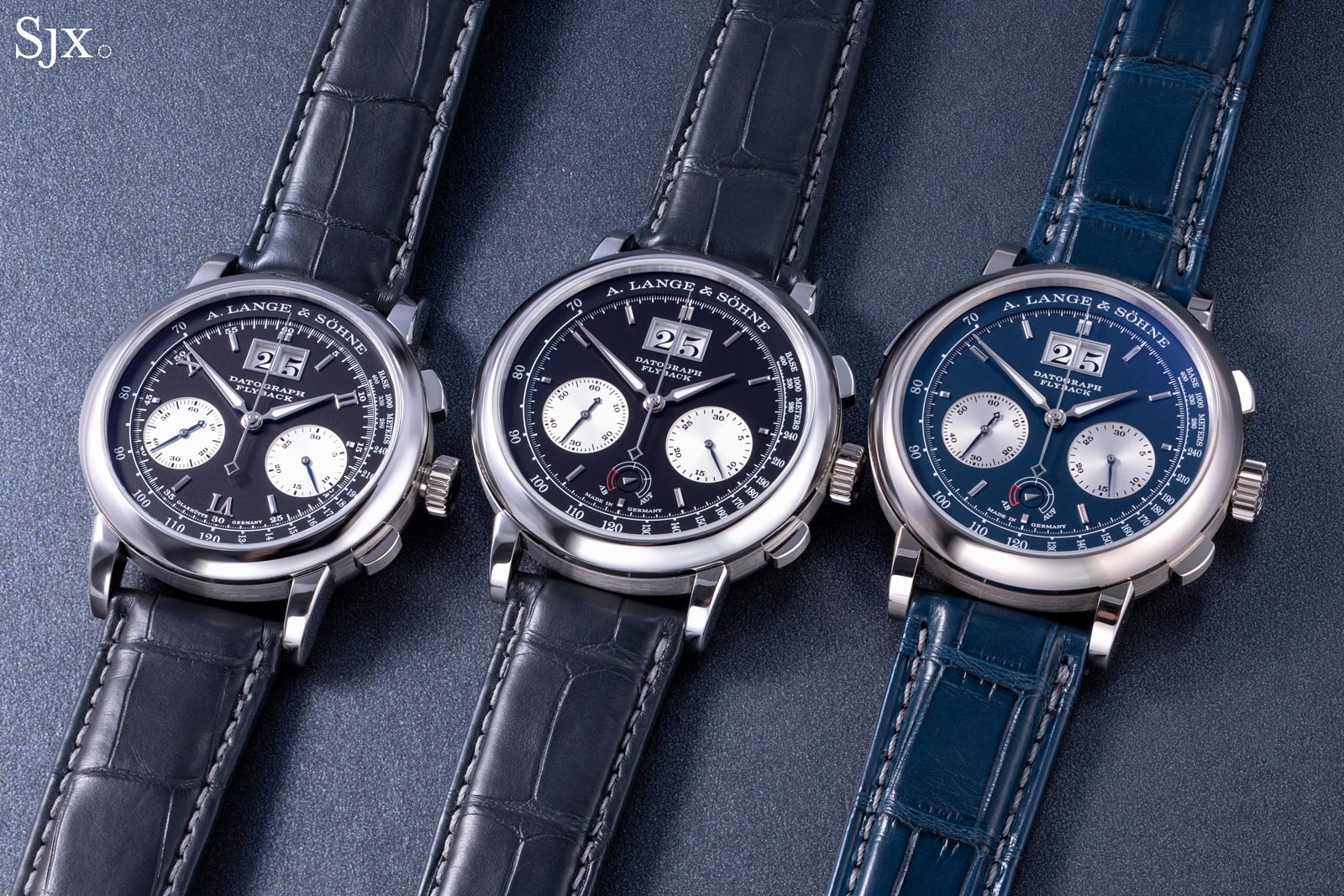
From left: the first-generation Datograph, the regular production Up/Down in platinum, and the 25th anniversary
The blue dial is an attractive shade that’s brighter than expected but still restrained. It’s not the same shade as older Lange models, but closer to the recent Triple Split in rose gold and blue. It’s a muted, but not too dark, which gives it a low-key appearance for the most part, except in sunlight.
As an aside, the red accent on the power reserve is more at home on the blue dial than on the black, where it appears more stark.
Execution wise, the dial is typical Lange so quality is excellent but not flashy. The dial base is a disc of solid silver that’s galvanically treated to achieve the blue finish, while the hour markers and hands are solid white gold.
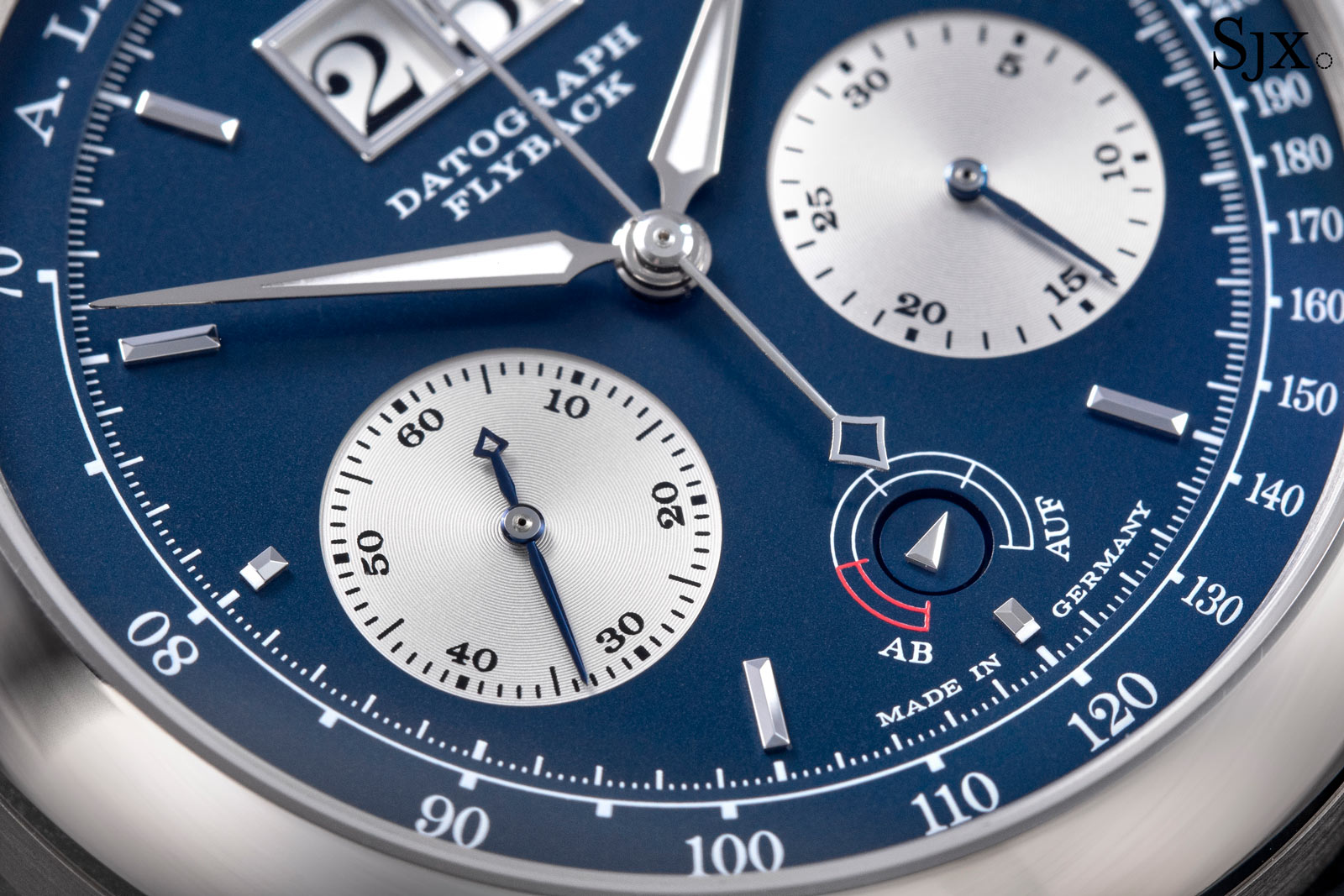
Familiar quality
The rest of the anniversary Datograph is familiar. The case feels identical to the rose gold model – it’s almost imperceptibly lighter than the platinum – and has the same chunky, top-heavy feel that characterises the Datograph (and most other complicated Lange watches).
The watch sits tall on the wrist and also looks big. Interestingly, the blue dial seems to give it slightly more visual presence than the black dial.
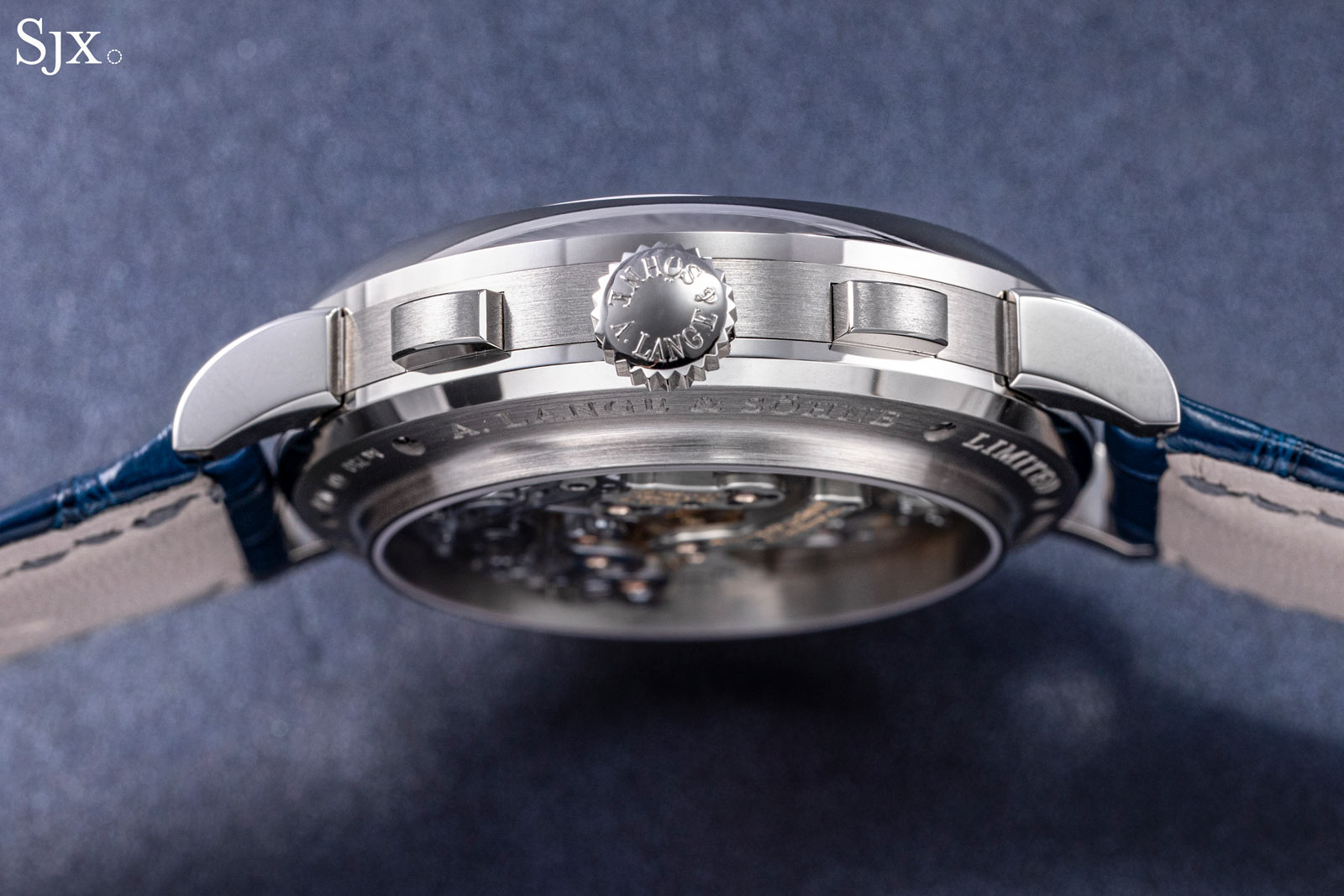
While the material is different, the case is finished identically to the standard models. Detailing is excellent, right down to the chamfered edges on the pushers and the relief lettering on the crown.
The case is excellent quality, but not exceptional. Turn it over, however, and the view is exceptional.
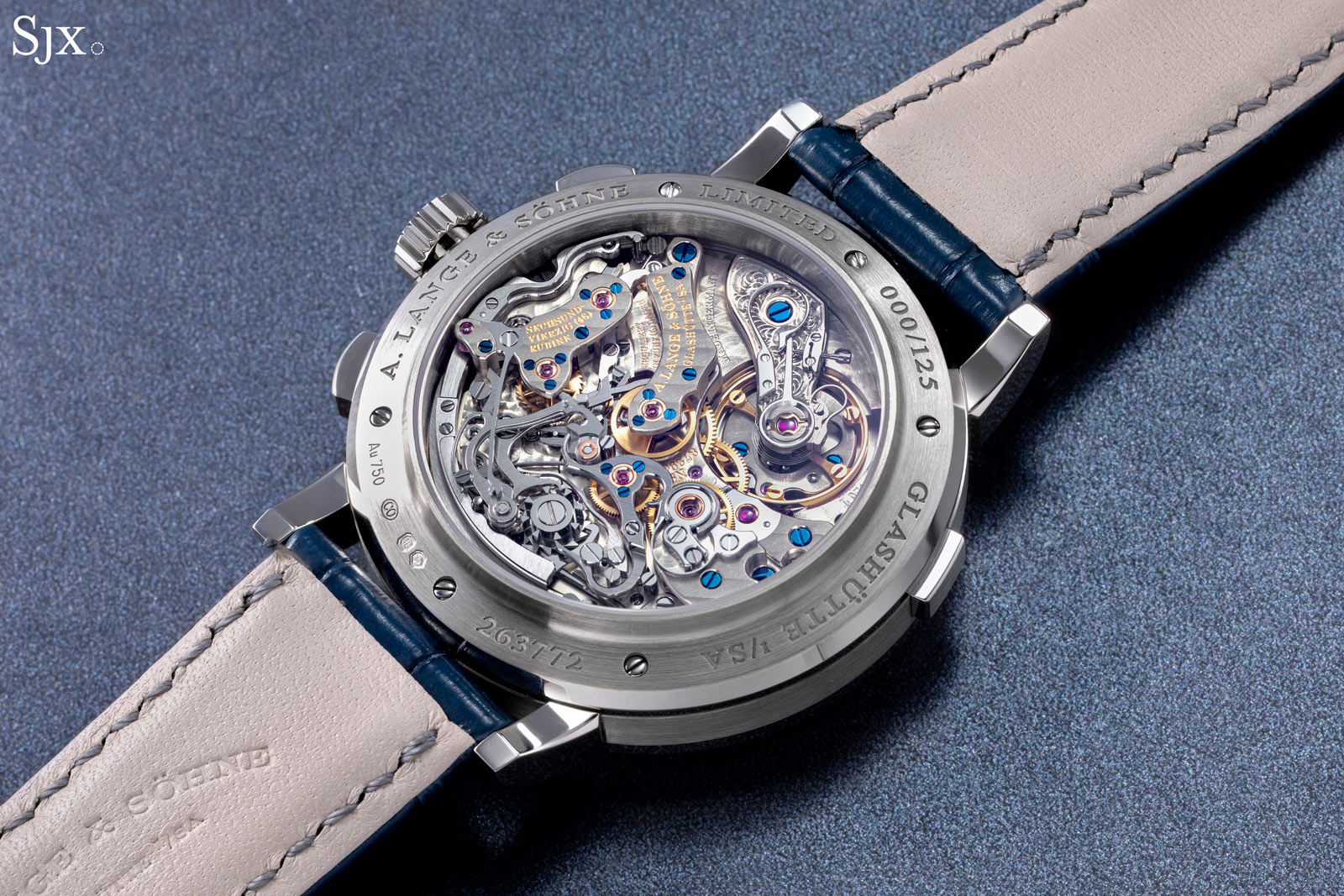
Even though it has been surpassed by other calibres in terms of technical innovation and sophistication, not to mention slimness, the L951.6 has near perfect aesthetics, and remains one of the most beautiful chronograph movements ever made.
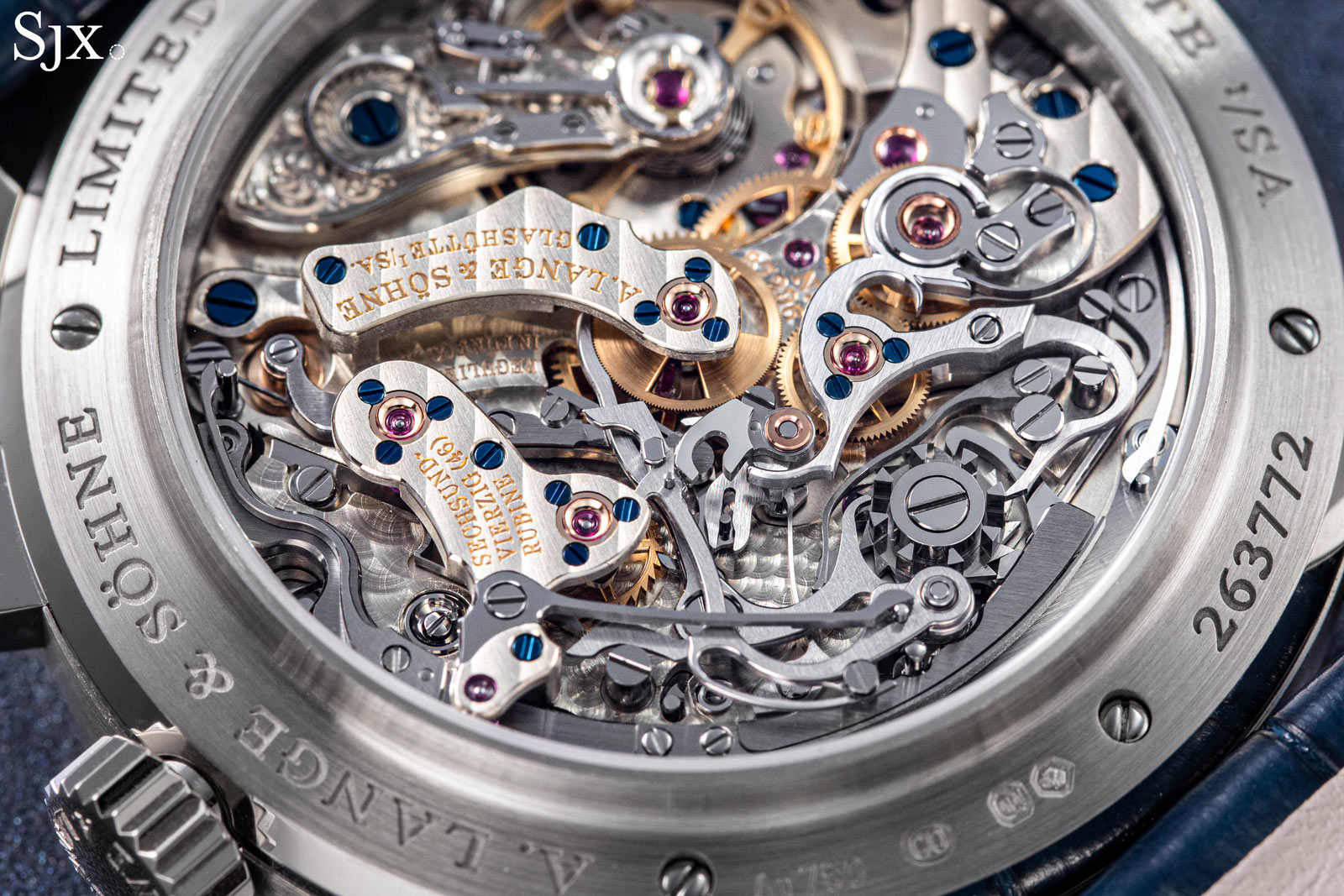
The L951.6 is the second-generation movement that’s found in all other current production Datograph models, so it boasts enhancements like a 60-hour power reserve and free-sprung in-house balance.
Its specifications are adequate, but not quite 21st century. But that arguably doesn’t matter because it is unlikely that anyone buys a Datograph seeking a cutting-edge movement.
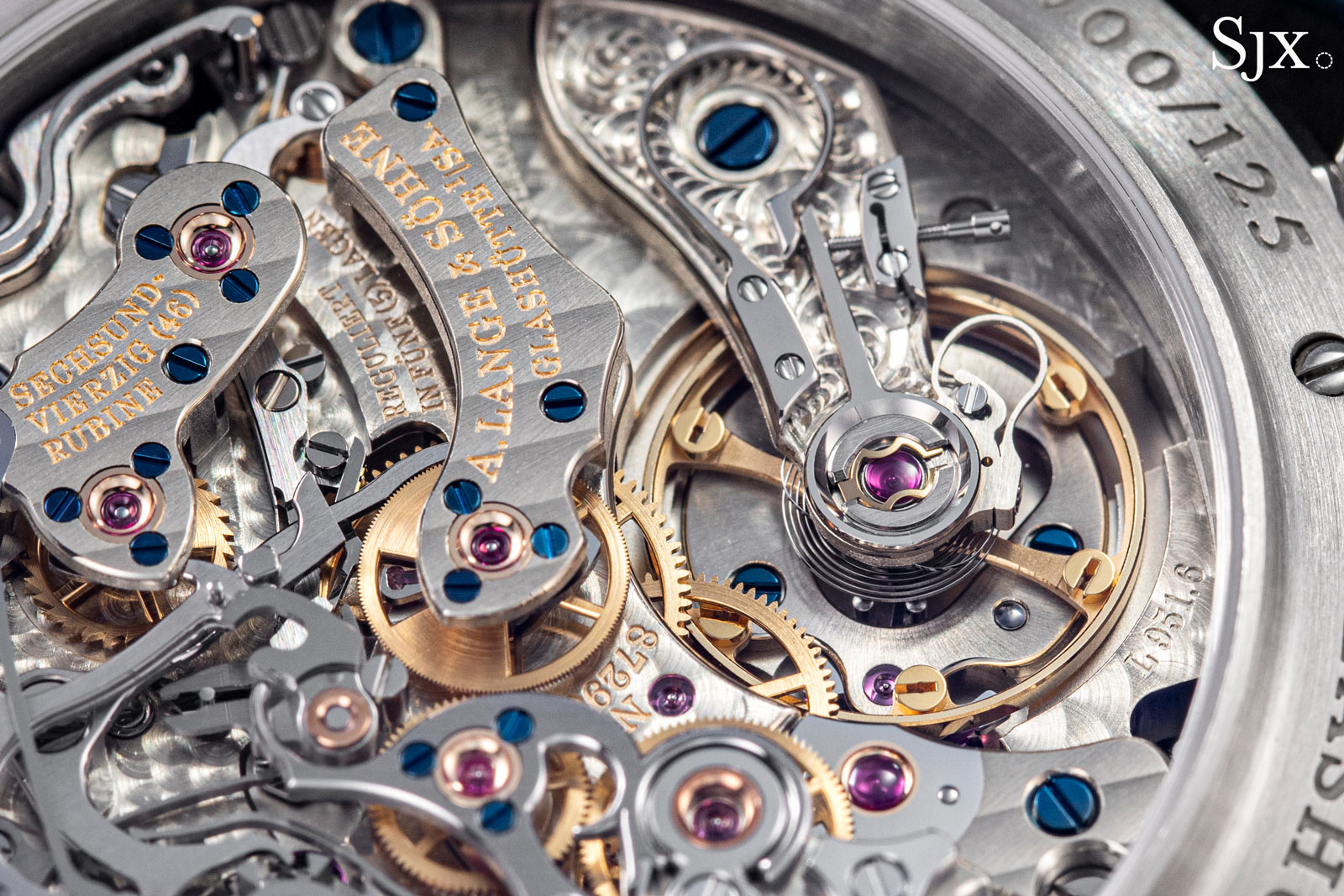
Concluding thoughts
Given its modest cosmetic changes, I did not expect the Datograph 25th Anniversary to be very appealing. But it is surprisingly convincing. I am biased in part, since I already liked the model to start with, but the anniversary edition has just enough to make it work.
Lange admittedly didn’t too much with it – and perhaps should have done a bit more – but it’s sufficient, especially since it doesn’t cost that much higher than the standard model.
Key facts and price
A. Lange & Söhne Datograph Up/Down “25th Anniversary”
Ref. 405.028
Diameter: 41 mm
Height: 13.1 mm
Crystal: Sapphire
Material: 18k white gold
Water resistance: 30 m
Movement: L961.6
Features: Hours, minutes, seconds, flyback chronograph, and oversized date
Winding: Hand-wound
Frequency: 18,000 beats per hour (2.5 Hz)
Power reserve: 60 hours
Strap: Alligator with pin buckle
Limited edition: 125 watches
Availability: Only at A. Lange & Söhne boutiques
Price: US$131,000 excluding taxes
For more, visit Alange-soehne.com.
Back to top.